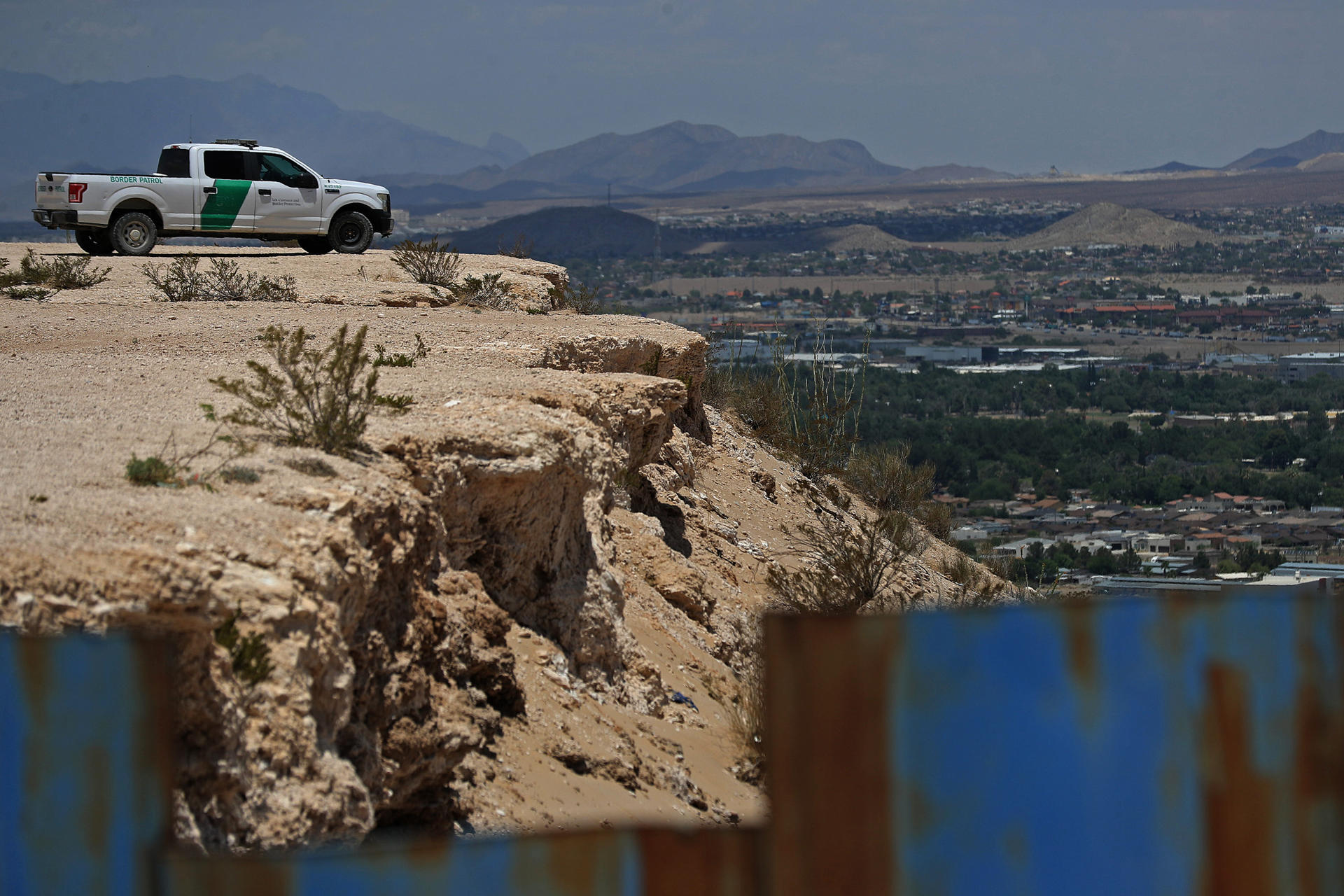
By EFE
24 Jul 2024, 16:48 PM EDT
The increase in “express” deportations and kidnappings could be behind the 50% drop in migrant arrests on the border with Mexico that the United States Embassy boasted about last week, according to shelter directors consulted by EFE on Wednesday.
The U.S. Embassy reported a week ago that encounters with irregular migrants were down more than 50% in the previous six weeks, with 83,536 arrests at ports of entry in June, the lowest level since January 2021 and lower than the numbers from June 2019, before the Covid-19 pandemic.
The statement attributed these results to the entry into force of the order of the US president, Joe Biden, to “suspend the entry of certain non-citizens through said border zone and the complementary interim joint final rule (IFR)” of the Department of Homeland Security (DHS) and the Department of Justice (DOJ).
But Pastor Francisco Gonzalez, coordinator of the Ciudad Juarez Shelter Network, a group of 12 religious group shelters, said the rise in kidnappings and rapid deportations has also led to a decline in migrants turning themselves in to U.S. authorities on the Rio Grande.
The Chihuahua State Public Security Secretariat estimates that 90% of the people kidnapped in Ciudad Juárez, the second largest city on Mexico’s northern border, where more than 1,700 undocumented immigrants have been released in the last three years, are migrants.
Pastor González also said that migrants who have passed through municipalities such as Torreón, in the state of Coahuila, and Gómez Palacio and Guadalupe Victoria, in Durango, arrive at the shelters, where they say they know of many people who have been kidnapped in these three places.
More risks and fewer migrants?
Migrants are also at risk of increasing “rapid deportations” following Biden’s executive order on June 5, which restricts asylum and speeds up the expulsion of undocumented immigrants at the border.
In this context, the pastor indicated that “the number of people who were turning themselves in” to the US authorities has decreased, but he clarified that now they arrive at the shelters to wait for an appointment through the ‘CBP One’ application so as not to run risks in the improvised camps on the border.
“There are people who will continue to come because the conditions in their countries are still the conditions that have caused them to leave, because not all people leave for work reasons, it is rather due to issues of insecurity in their countries,” he said.
He also said that another change in the routes is that migrants are choosing to cross through other border cities, such as Nogales, Tijuana, Matamoros and Reynosa, due to the increase in surveillance at the border between Ciudad Juárez and El Paso, Texas.
Still, he said migrants continue to overwhelm shelters.
“It hasn’t stopped. In fact, here at the Albergue Vida we have capacity for 40 and now we are at 51. Those that had capacity for 50 are at 70, now in the network of shelters, which are 12, we have 490 people. Two months ago we were at 30%, now it increased by 20% and we are at 50%,” he added.
Staying in Mexico
Given the restrictions on migrating to the United States, there are those who prefer to stay in Mexico, like Colombian Luis Carlos Ochoa, from Cali.
The South American told EFE that migrants should take advantage of the benefits of Mexico, which does “open its arms” and give them documents, if what they want is to work.
“You can also make a living here in Mexico, there is much more work here than in the United States. Those who come to the United States do so to send photos of themselves in the United States, to impress, but there is a lot of employment here, there is a lot of work in Mexico,” he said.
Martin Coronado.
Keep reading:
- Migrant regularization plan: registration opens on August 19
- Why Biden’s Orders for Undocumented Immigrants Matter (podcast)
- Migrant apprehensions at US southern border fall to lowest level since 2021
